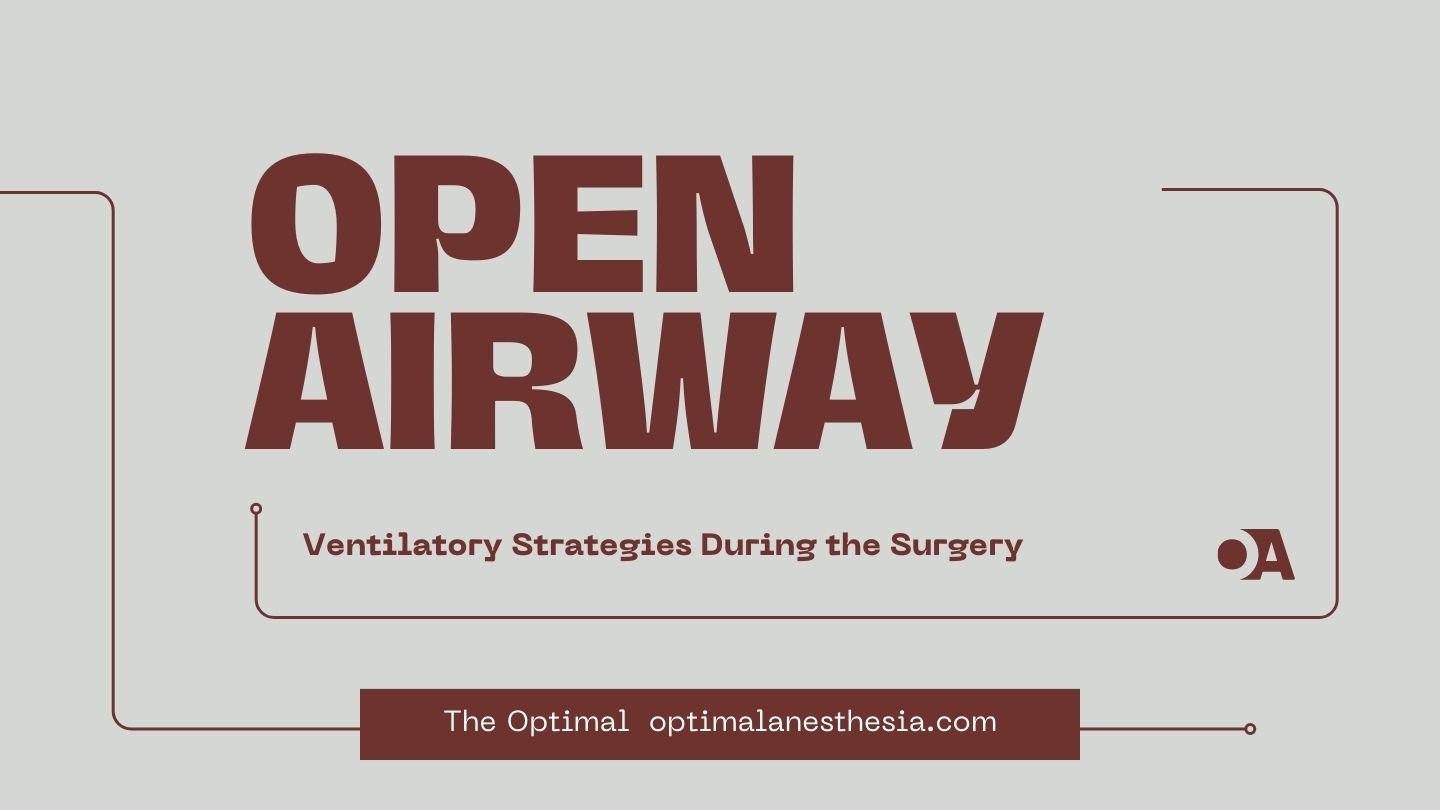Introduction:
Anesthesia is a critical component of tracheal surgery, particularly during the “open airway” phase. Ensuring adequate ventilation while maintaining surgical access to the trachea is a complex challenge that requires careful planning and execution. Various ventilation strategies have been developed to manage this delicate balance, each with its unique advantages and disadvantages. Understanding these techniques is essential for optimizing patient outcomes and ensuring the safety and efficacy of tracheal surgeries.
Distal Tracheal Intubation with Cross-Field Ventilation:
Distal tracheal intubation with cross-field ventilation is a safe and conventional approach often used in tracheal surgery. This method involves:
- Using a sterile reinforced endotracheal tube to intubate the distal trachea before surgery.
- Implementing cross-field ventilation with a fresh sterile anesthetic circuit placed over the surgical drapes and connected to the anesthesia machine.
- Withdrawing the oral endobronchial tube used during induction and replacing it with a regular-sized endotracheal tube placed proximal to the stenosis.
- Facilitating posterior anastomosis with the apnoea-ventilation-apnoea technique.
- Guiding the endotracheal tube past the anastomotic site by the surgeon after posterior anastomosis and carrying out anterior anastomosis over the endotracheal tube.
This method provides reliable ventilation and a controlled environment, but it can compromise surgical exposure and may result in complications such as airway injury and the disruption of friable tissue.
Jet Ventilation:
Jet ventilation, introduced by Sanders in the 1970s, has been a valuable technique for tracheal resection. It involves:
- Delivering inspiratory flows using intermittent jets of gas under pressure (15–20 psi) through a catheter with a narrow orifice.
- Using separate catheters for each main bronchus in carinal lesions.
- Delivering low-frequency (10–20/min) or high-frequency (100–400/min) gas flow with adjustable variables such as inspiratory time, frequency, and driving pressure.
Advantages of jet ventilation include ease of use, a clear surgical field, and no need for special equipment. However, it also poses disadvantages like contamination of the distal trachea, auto-PEEP generation, inability to monitor EtCO2 and anesthetic gas concentration, and risks of tracheal laceration and pneumothorax.
High-Frequency Positive Pressure Ventilation:
High-frequency positive pressure ventilation utilizes a multiorifice insufflation device at the lower end of the endotracheal tube catheter. It:
- Delivers minimal tidal volumes (3–5 ml/kg) with a respiratory rate of about 60 breaths/min.
This technique allows sufficient time for complete tracheal anastomosis with minimal chance of whip motion injury. However, it carries risks such as barotrauma and the difficulty in monitoring and quantifying ventilation.
Cardiopulmonary Bypass (CPB) and Extracorporeal Oxygenation:
Cardiopulmonary bypass (CPB) and extracorporeal membrane oxygenation (ECMO) are advanced methods used in specific, complex cases. CPB was one of the earliest techniques for carinal tumors and requires systemic anticoagulation. More recently:
- Venovenous (VV-ECMO) and Venoarterial (VA-ECMO) have become safer alternatives with lower anticoagulation requirements.
These methods are particularly beneficial for small children undergoing tracheoplasty or adults with combined cardiac and pulmonary procedures. Recent advancements in ECMO technology, especially with peripheral vascular cannulation, have significantly reduced the need for anticoagulation, making it a safer option.
Considerations:
There is no universally acceptable airway management technique for tracheal surgeries. Each method has its advantages and disadvantages, and the anesthesia plan should be tailored to individual patients based on their airway pathology and comorbidities.
Conclusion:
The importance of anesthesia in tracheal surgery cannot be overstated. Effective ventilation strategies during the “open airway” phase are crucial for ensuring patient safety and surgical success. By understanding the various techniques and their respective benefits and limitations, anesthesiologists can better tailor their approach to meet the specific needs of each patient, ultimately improving outcomes and advancing the field of tracheal surgery.


